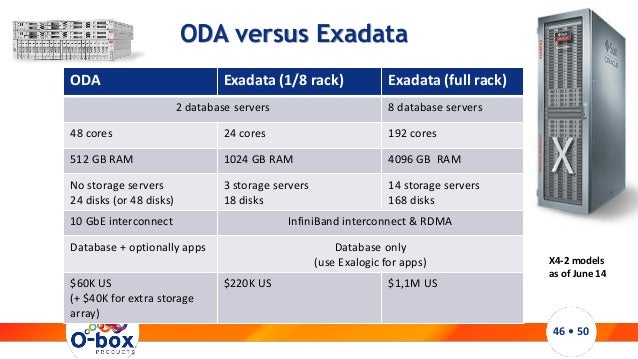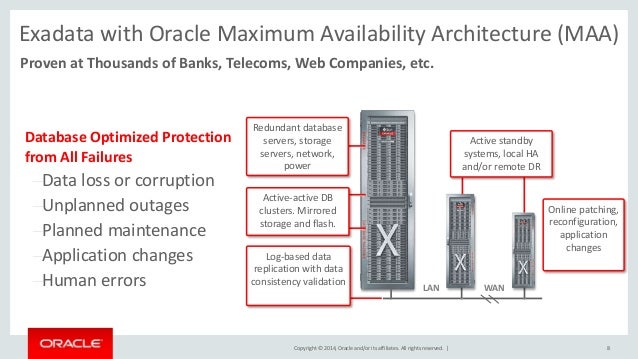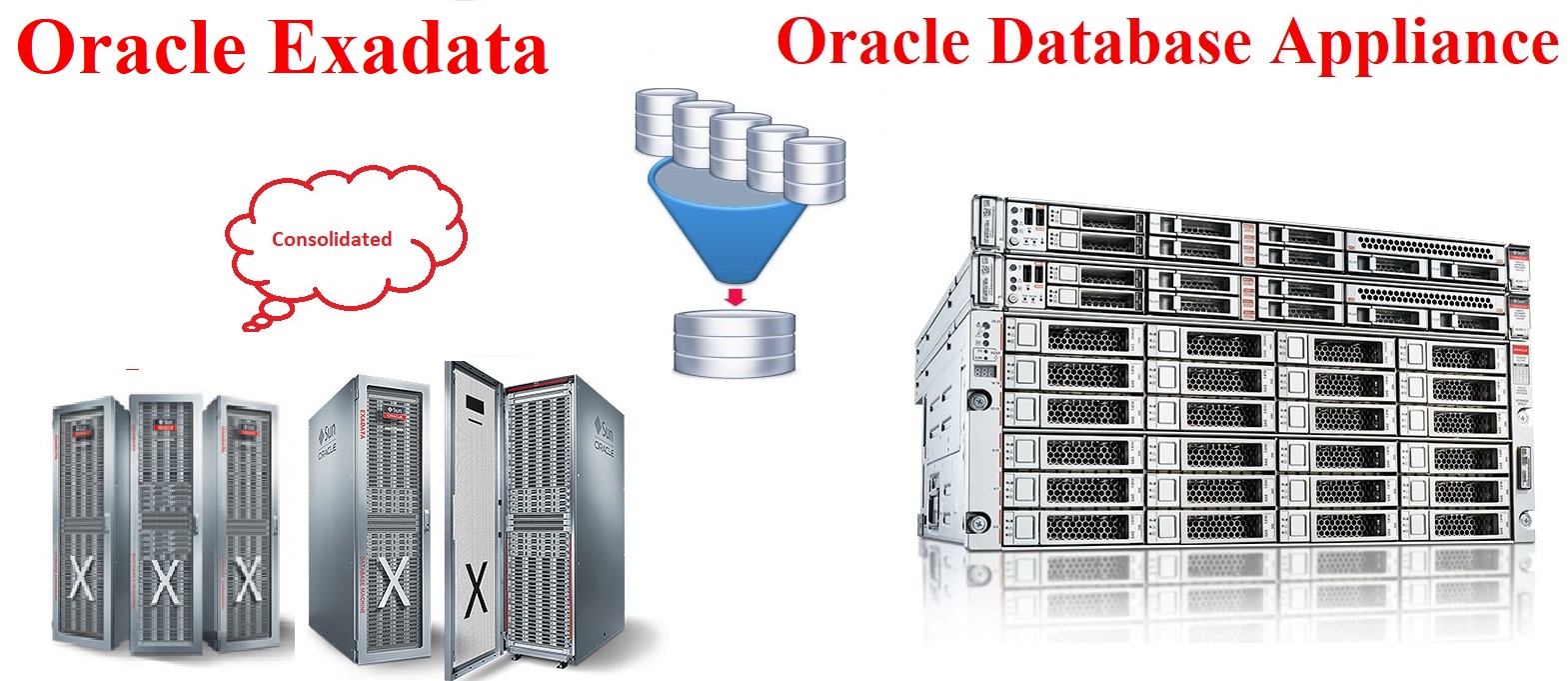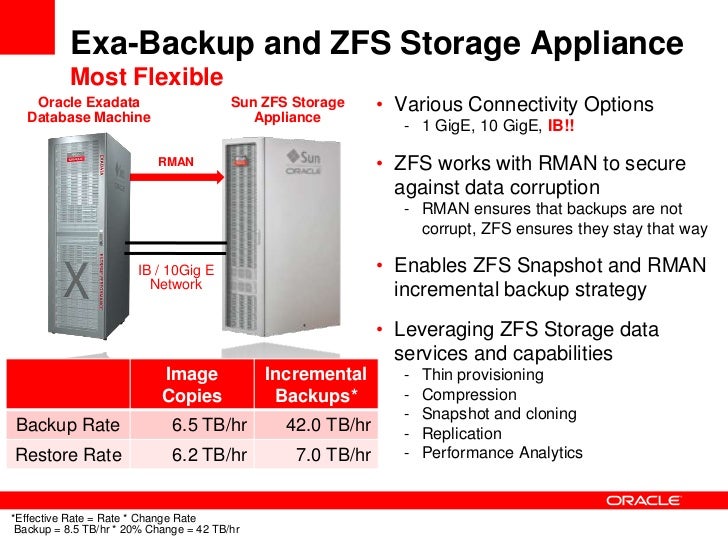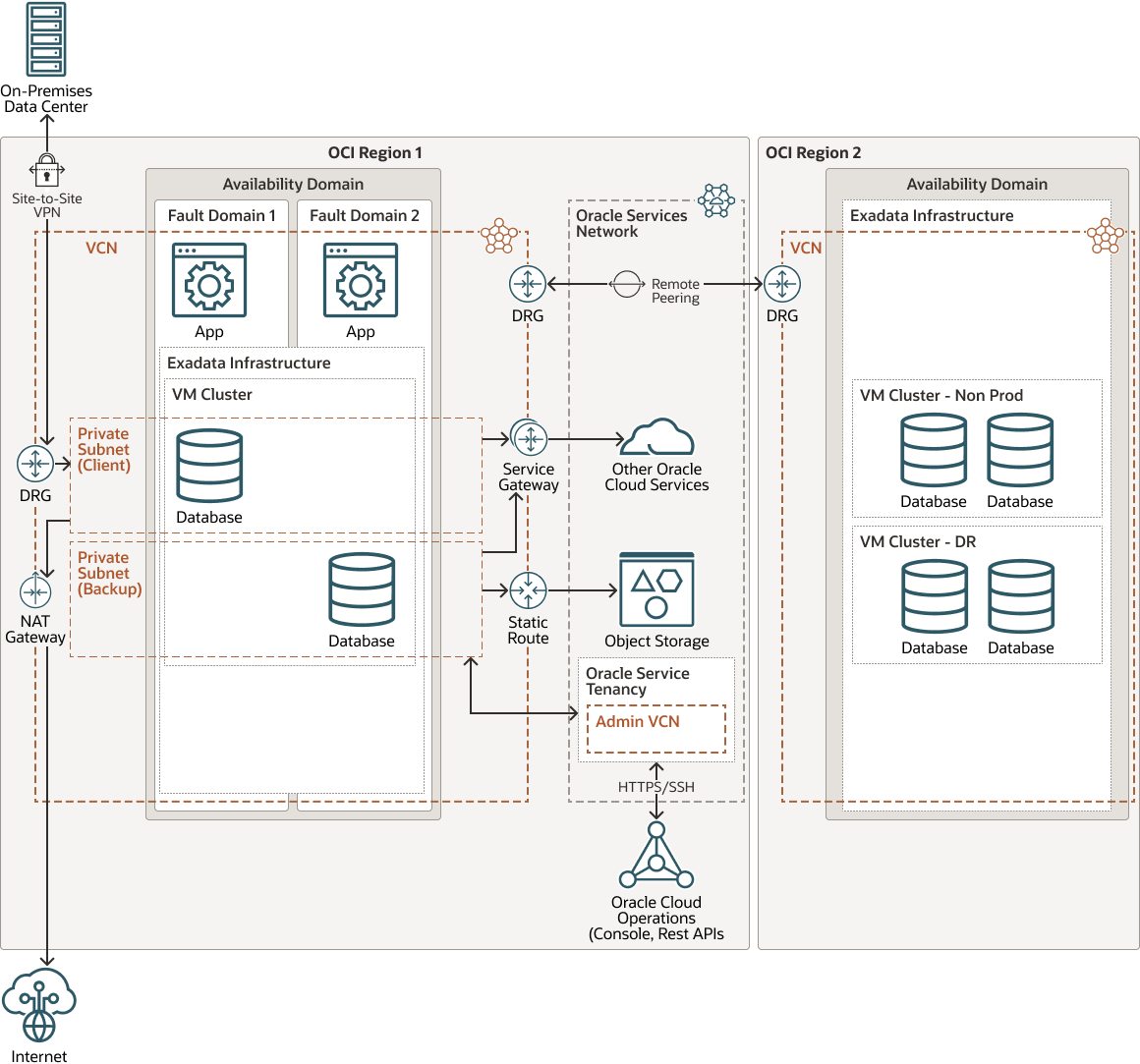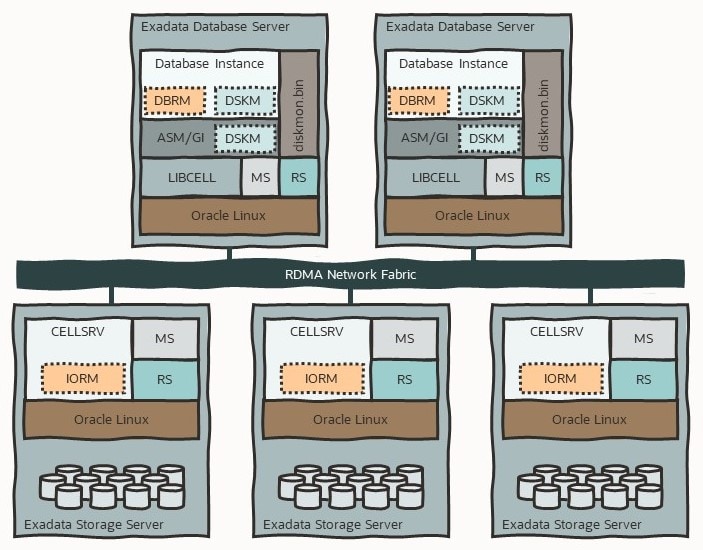Oracle Database Appliance Vs Exadata

In the high-stakes world of enterprise database management, choosing the right infrastructure can make or break a business. Companies face a critical decision: opting for streamlined efficiency or unparalleled power. The debate centers on two key offerings from Oracle: the Oracle Database Appliance (ODA) and Exadata.
This article will explore the nuances of each, examining their strengths, weaknesses, and ideal use cases. Understanding these differences is crucial for businesses seeking to optimize their database performance while balancing cost considerations and scalability needs. The choice between ODA and Exadata hinges on a thorough assessment of an organization’s specific requirements and future growth trajectory.
Decoding Oracle's Database Powerhouses
The Oracle Database Appliance (ODA) is designed as an engineered system that provides a simplified and cost-effective solution for running Oracle Database. It's pre-configured with all the necessary hardware and software components, including servers, storage, and networking, to support a wide range of database workloads. ODA aims to reduce the complexity and administrative overhead associated with deploying and managing databases.
Exadata, on the other hand, represents Oracle's flagship database platform. This is an engineered system specifically designed to accelerate Oracle Database performance. It features a sophisticated architecture with specialized hardware and software optimizations for maximizing database throughput and minimizing latency, particularly for demanding workloads like data warehousing and online transaction processing (OLTP).
ODA: Simplicity and Affordability
The primary appeal of the ODA lies in its ease of deployment and management. Designed to be "plug-and-play," the ODA significantly reduces the time and effort required to set up a database infrastructure. This pre-engineered nature simplifies tasks like patching and upgrades, which are streamlined through Oracle's integrated management tools.
Cost is another significant advantage of the ODA. Compared to Exadata, the ODA generally offers a lower entry point, making it an attractive option for small to medium-sized businesses (SMBs) or organizations with more modest database requirements. This cost-effectiveness doesn’t compromise reliability, as ODA still provides high availability features to ensure business continuity.
However, the ODA's capabilities are not without limitations. While it can handle a variety of workloads, it doesn’t possess the extreme performance capabilities of Exadata. Scalability is also constrained compared to Exadata, making it less suitable for organizations anticipating rapid database growth or those dealing with massive datasets.
Exadata: Unleashing Extreme Performance
Exadata is built for speed and scalability. It boasts a unique architecture featuring Smart Scan technology, which offloads data filtering and processing tasks to the storage layer. This reduces the burden on the database servers and dramatically accelerates query performance.
Furthermore, Exadata features Exadata Storage Server Software, which is tightly integrated with the Oracle Database. This deep integration enables advanced features like Hybrid Columnar Compression and Smart Flash Cache, further enhancing performance and storage efficiency. These technologies make Exadata ideal for data warehouses and OLTP systems with demanding performance requirements.
The trade-off for this unparalleled performance is cost and complexity. Exadata represents a significant investment, requiring specialized expertise to manage and optimize its advanced features. Its complexity might necessitate dedicated database administrators with specific Exadata skills.
Use Cases: Matching the Right Solution to the Need
ODA is well-suited for organizations that prioritize simplicity, cost-effectiveness, and ease of management. Typical use cases include branch office deployments, departmental databases, and smaller-scale applications. It is also a good fit for businesses migrating to Oracle Database from other platforms and seeking a pre-integrated solution.
Exadata shines in environments where performance is paramount. This includes large data warehouses, high-volume OLTP systems, and mission-critical applications that require lightning-fast response times. Businesses dealing with massive datasets or demanding analytical workloads often find Exadata to be the most compelling option.
For example, a large financial institution needing to process millions of transactions per second would likely benefit from Exadata’s superior performance. A smaller retail chain, on the other hand, could effectively manage its inventory and sales data using the more affordable and simpler ODA.
Future Trends and Considerations
The future of database appliances likely involves increased integration with cloud technologies. Oracle is already offering cloud versions of both ODA and Exadata, allowing businesses to leverage these technologies in a hybrid or fully cloud-based environment.
Another key trend is the increasing emphasis on automation and artificial intelligence (AI) in database management. Both ODA and Exadata are incorporating AI-powered features to automate tasks like performance tuning, security patching, and fault detection, further reducing administrative overhead.
Ultimately, the choice between ODA and Exadata is a strategic decision that must be carefully considered based on an organization's unique needs and priorities. While ODA provides a simplified and cost-effective solution, Exadata offers unparalleled performance and scalability. By understanding the strengths and weaknesses of each platform, businesses can make an informed decision that aligns with their long-term goals and maximizes their return on investment.


